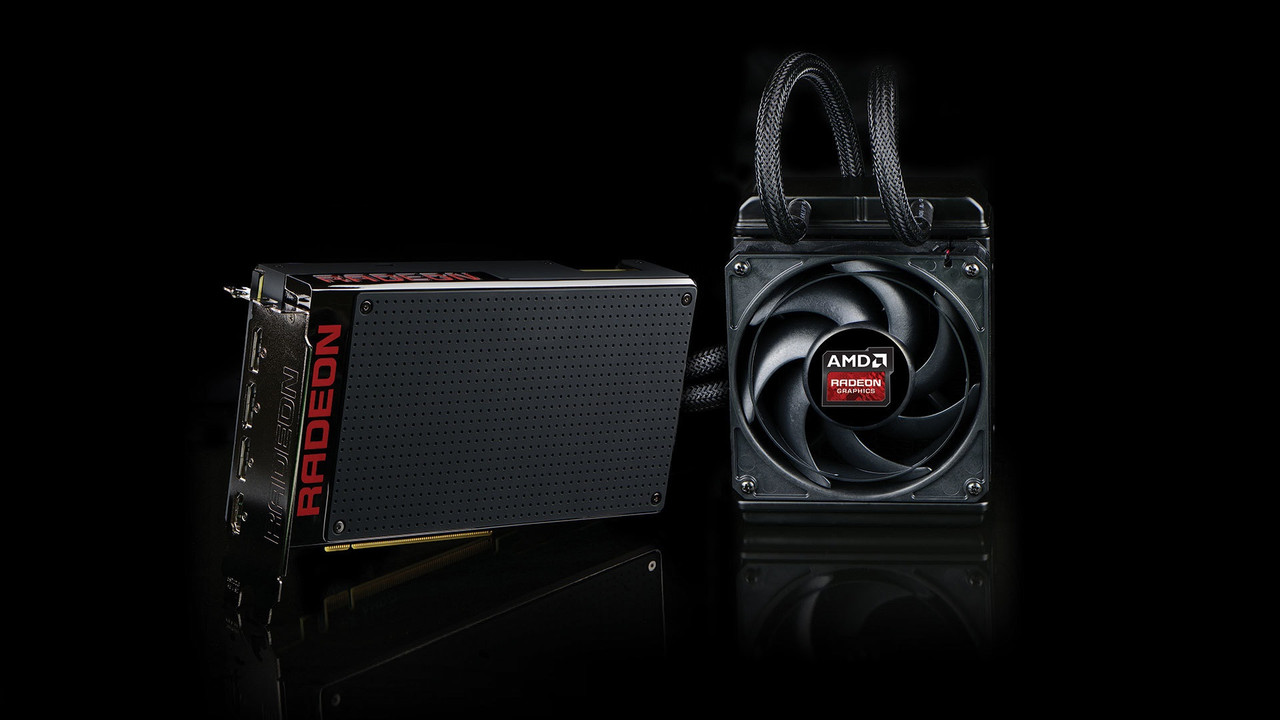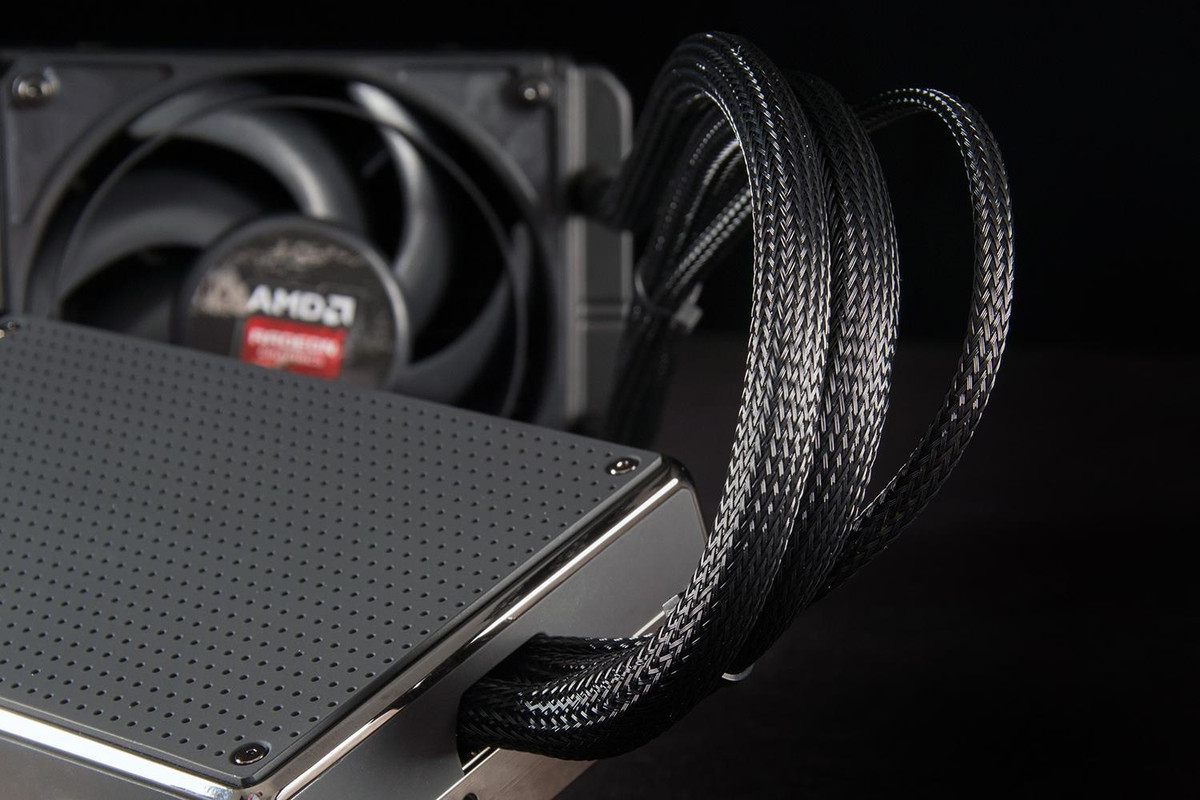AMD Fury X 2020 - Kana's FineWine Edition
Comments

Introduction

During a fierce battle for the GPU crown a much smaller company, AMD, prepares to release the Radeon Fury X. Never failing to rain on a sunny day parade, Nvidia releases the GTX 980 Ti two weeks before the Fury X in an attempt to undercut any hype for AMD. The hype train was off the rails for both companies during these times. This was a huge deal for AMD because not only were they reviving the Fury brand name, they were also releasing a new technology called “HBM” - High Bandwidth Memory. In my opinion HBM was a game changer and one of the major deciding factors during my decision between the 980 Ti and the Fury X. The raw performance numbers looked breathtaking. During this time AMD was trying to re-build trust from enthusiast while fighting several battles at once against Intel & Nvidia. AMD also promised to focus more on driver related issues and to update drivers more often. I took them to their word and they have delivered on several occasions. Nearly every new game released over the past 5 years either has drivers ready or promptly available after release.
It feels like it was just yesterday when I was undervolting and underclocking my Fury X while still getting well over 60FPS in Doom (2016) @ 4K with "Nightmare" graphical settings. Time flies and nearly 5 years after the Fury X release I am still running my Fury X and enjoying the latest and greatest games. It has been 4 years since my last Fury X Review which you can read by clicking here.AMD FineWine keeps getting better and better. That doesn’t mean that the card wasn’t great on Day 1. I enjoyed the heck out of this GPU every year since I first purchased it in 2015. The fact that I can still play several newer games in 4K with near maxed out settings in 2020 is amazing in my honest opinion. I’m also using a 12 year old platform, Intel X58, to perform the benchmarks. While I might not have the latest and greatest tech my workstation\gaming rig is still capable.

Many years ago I would say something along the lines of “I don’t know what AMD did with the Fury X, but I am simply amazed”. When I stated that it was because I amazed at how well the Fury X handled 1440p and 4K games back in 2015-2016 with ease. The experience has been great with little to no screen tearing when pushed to its limits. You would think that the HBM 4GB buffer would make the card succumb to games using well above 6GBs vRAM in 2015\2016 @ 4K & or 12GBs in 2019 (RE2 Textures), but no the games run fine overall. Going beyond the vRAM limitation can and will obviously cause issues at high resolutions such as 4K, but at 1440p the Fury X can handle games that I play.
So here we are in 2020 and I’ve decided to break out the charts and dedicate a large portion of my time to benchmarking. Unfortunately the world is dealing with the Coronavirus-COVID-19 and I hope we find a cure and get pass this soon. I have been in quarantine for weeks and needed to find different things to do in order to get my mind off of everything going on in the world for a few moments. Why not do something I love? That is IT, computers, gaming, writing and benchmarking.
I am looking forward to what Nvidia and AMD brings to the market later this year. Intel is apparently planning to release a discrete GPU as well, but we will see how that works out for them. The high-end has been pretty one sided for many years now and I have been in the shadows looking on as AMD rebounds & grow while Nvidia continued to profit. Hopefully AMD’s Navi gives Nvidia’s Ampere a run for its money to even up the odds. It would be nice if the GPU prices on both sides could lower with more competition, but I’m not holding my breath. Gamers have made a clear statement, $1000.00 and more for high-end GPUs are normal and have been for some time now.
With all of that being said let’s get to it.
Gaming Rig Specs:
CPU:
Xeon X5660 @ 4Ghz
Motherboard: ASUS Sabertooth X58
RAM: 24GB RDIMM DDR3-1600Mhz [6x4GB] - ECC Buffered
SSD NVMe: 3TB - 2.7GB\s Read - 2.1GB\s Write
SSD NVMe: 256GB - 1.4GB\s Read - 600MB\s Write
SSD(x2): 256GB - 550MB\s Read - 500MB\s Write - RAID 0
HDD(x2): 2TB - 330MB Read - 320MB\s Write - RAID 0
HDD(x2): 2TB - 330MB Read - 320MB\s Write - RAID 0
PSU: EVGA SuperNOVA G2 1300W 80+ GOLD
GPU:
AMD Radeon R9 Fury X Watercooled - Push
GPU Drivers: Radeon "Adrenalin
" 20.4.2 [April 21st 2020]
GPU Speed:
(Stock) –
Core 1050Mhz
Real Time Benchmarks ™
Real Time Benchmarks™ is something I came up with to differentiate my actual in-game benchmarks from the built-in standalone benchmarks tools. Sometimes in-game - Internal benchmark tools doesn't provide enough information. I gather data and I use 4 different methods to ensure the frame rates are correct for comparison. This way of benchmarking takes a while, but it is worth it in the end. This is the least I can do for the gaming community and users who are wondering if the Fury X can still play newly released titles in 2020. I have been performing Real-Time Benchmarks ™for about 7 years now and I plan to continue providing additional data instead of depending solely on the Internal Benchmak Tools.
-What is FPS Min Caliber?-
You’ll notice something named “FPS Min Caliber”. Basically FPS Min Caliber is something I came up to differentiate between FPS absolute minimum which could simply be a point during gameplay when data is loading, saving, uploading etc. The FPS Min Caliber™ is basically my way of letting you know lowest FPS average you’ll see during gameplay. The minimum fps [FPS min] can be very misleading. FPS min is what you'll encounter only 0.1% during your playtime and most times you won’t even notice it. Obviously the average FPS and Frame Time is what you'll encounter 99% of your playtime.
-What is FPS Max Caliber?-
FPS Max Caliber uses the same type of thinking when explaining the MAX FPS. Instead of focusing on the highest max frame you'll only see 0.1% of the time I've included the FPS max FPS you can expect to see during actual gameplay.
With that being said I will still include both the Minimum FPS and the Max FPS. I just thought I would let you enthusiast know what to expect while reading my benchmark numbers.
- Prev
- Next >>